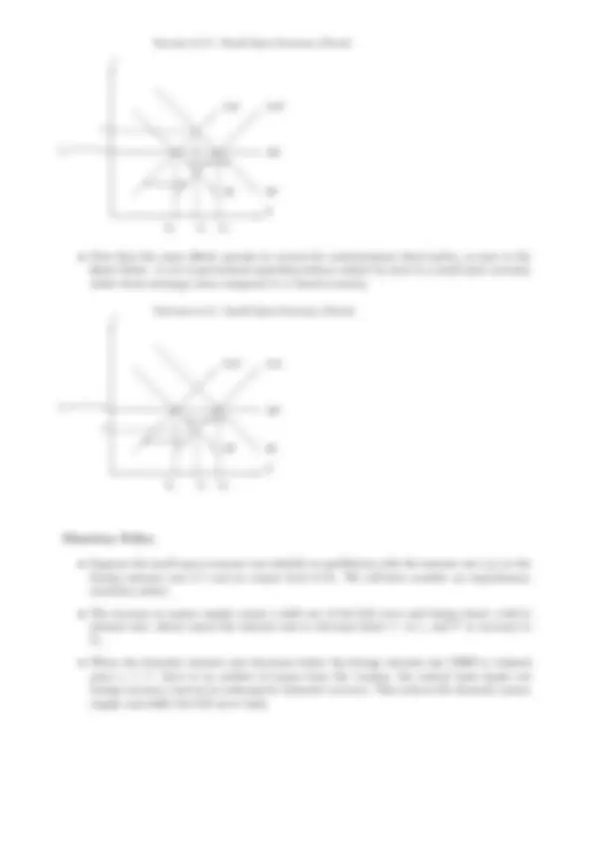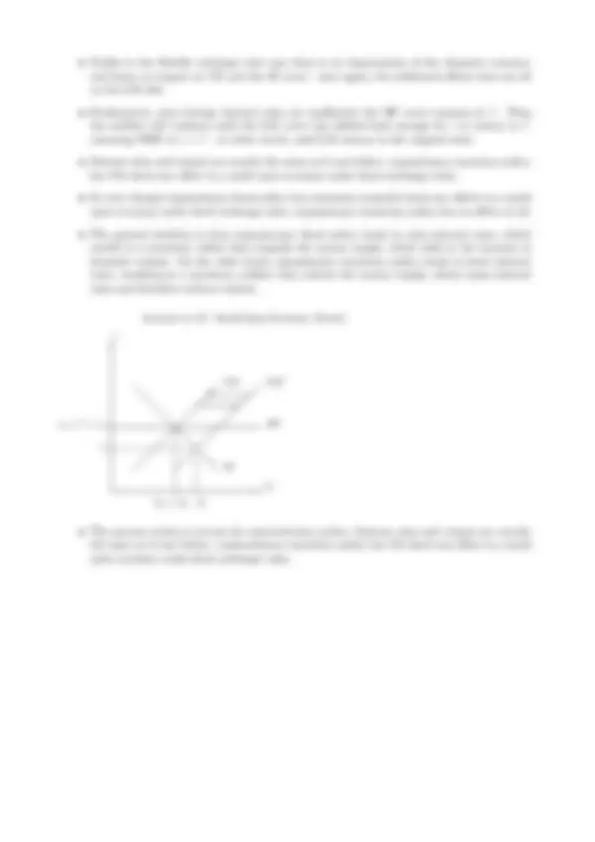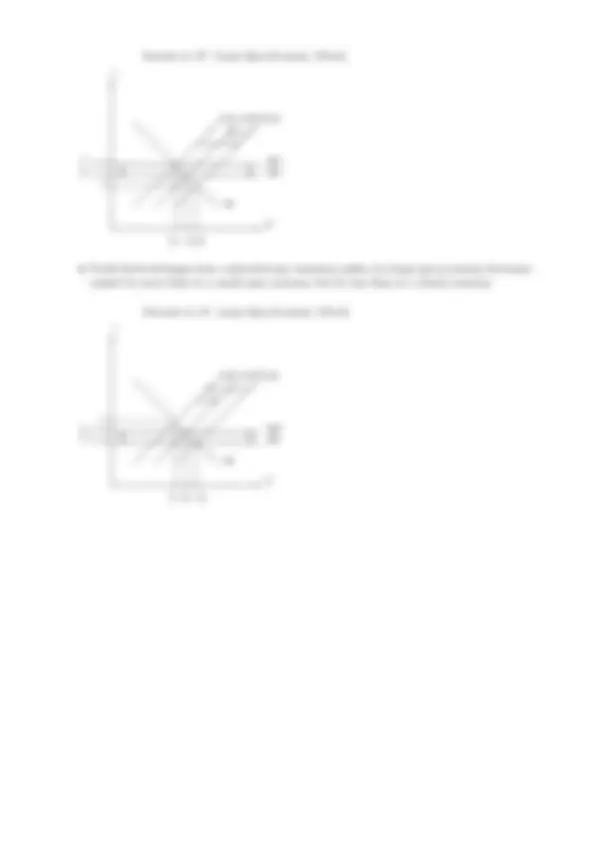






Study with the several resources on Docsity

Earn points by helping other students or get them with a premium plan


Prepare for your exams
Study with the several resources on Docsity

Earn points to download
Earn points by helping other students or get them with a premium plan
Community
Ask the community for help and clear up your study doubts
Discover the best universities in your country according to Docsity users
Free resources
Download our free guides on studying techniques, anxiety management strategies, and thesis advice from Docsity tutors
The analysis of fiscal and monetary policy impacts on economies with fixed exchange rates. The key features of policy analysis under fixed exchange rates, the mechanism of uirp restoration, and the effects of fiscal and monetary policy on output in small and large open economies. It also highlights the differences between the large open economy case and the small open economy case.
Typology: Study notes
1 / 8

This page cannot be seen from the preview
Don't miss anything!





III. POLICY IN A SMALL OPEN ECONOMY
Increase in M s: Small Open Economy (Fixed)
i 2 = i∗^ = i 0
i 1
Decrease in M s: Small Open Economy (Fixed)
i 2 = i∗^ = i 0
i 1
Decrease in G: Large Open Economy (Fixed)
i 0 = i∗
i 1
i 2 = i∗ 1
Increase in M s: Large Open Economy (Fixed)
i∗^ = i 0
i 1
i∗ 1 = i 2
Decrease in M s: Large Open Economy (Fixed)
i∗^ = i 0
i 1 i∗ 1 = i 2